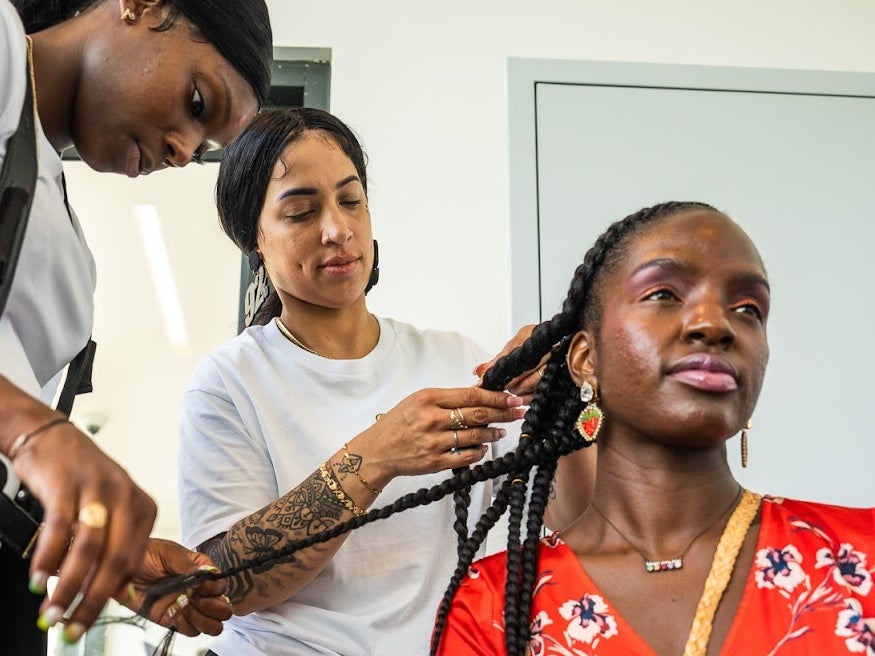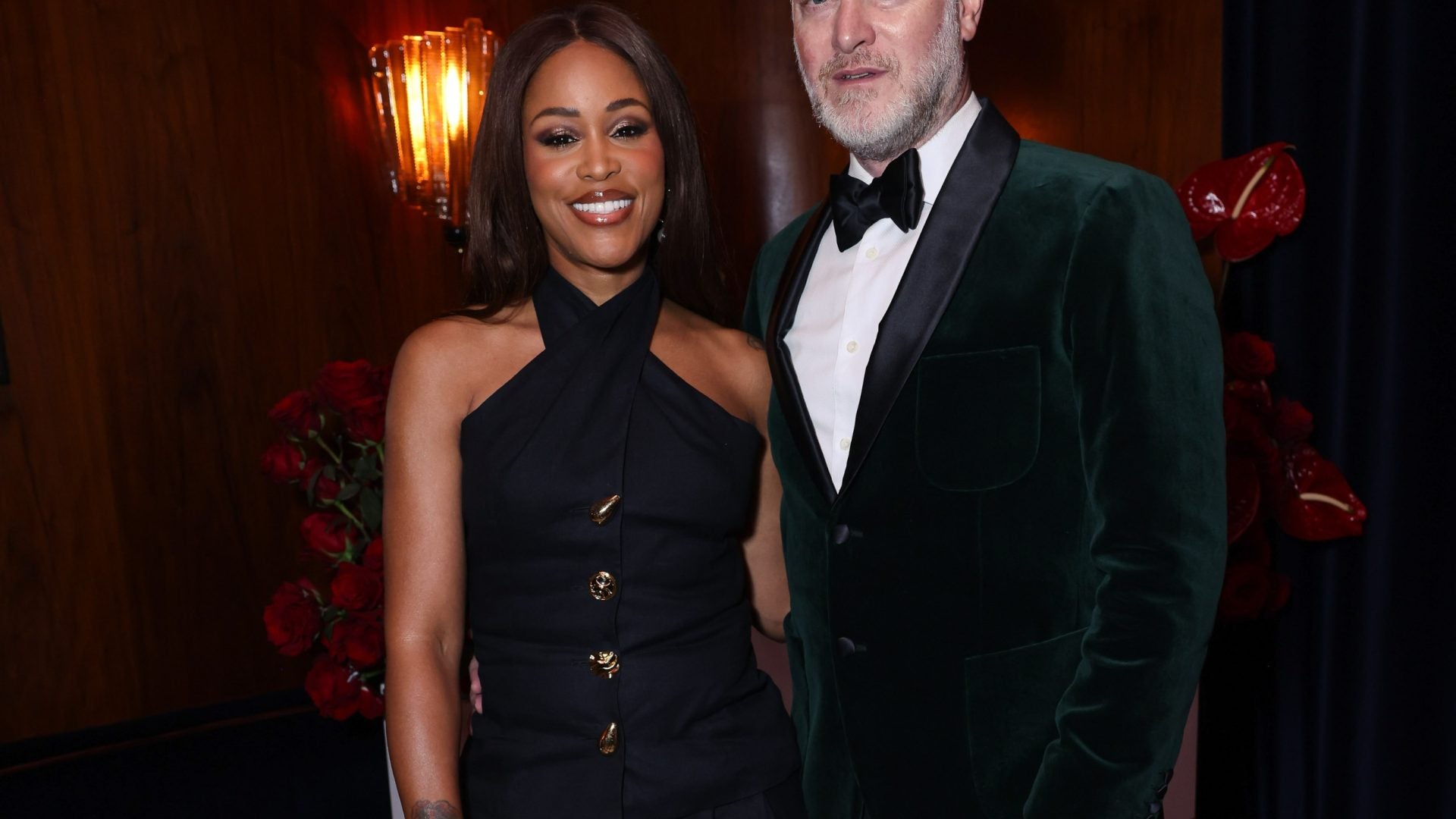Beyond The Pages
This story was originally published in ESSENCE’s special 55th anniversary July/August 2025 issue, on stands now. It began, as most sacred things do, in the quiet. Before the language was […] The post Beyond The Pages appeared first on Essence.
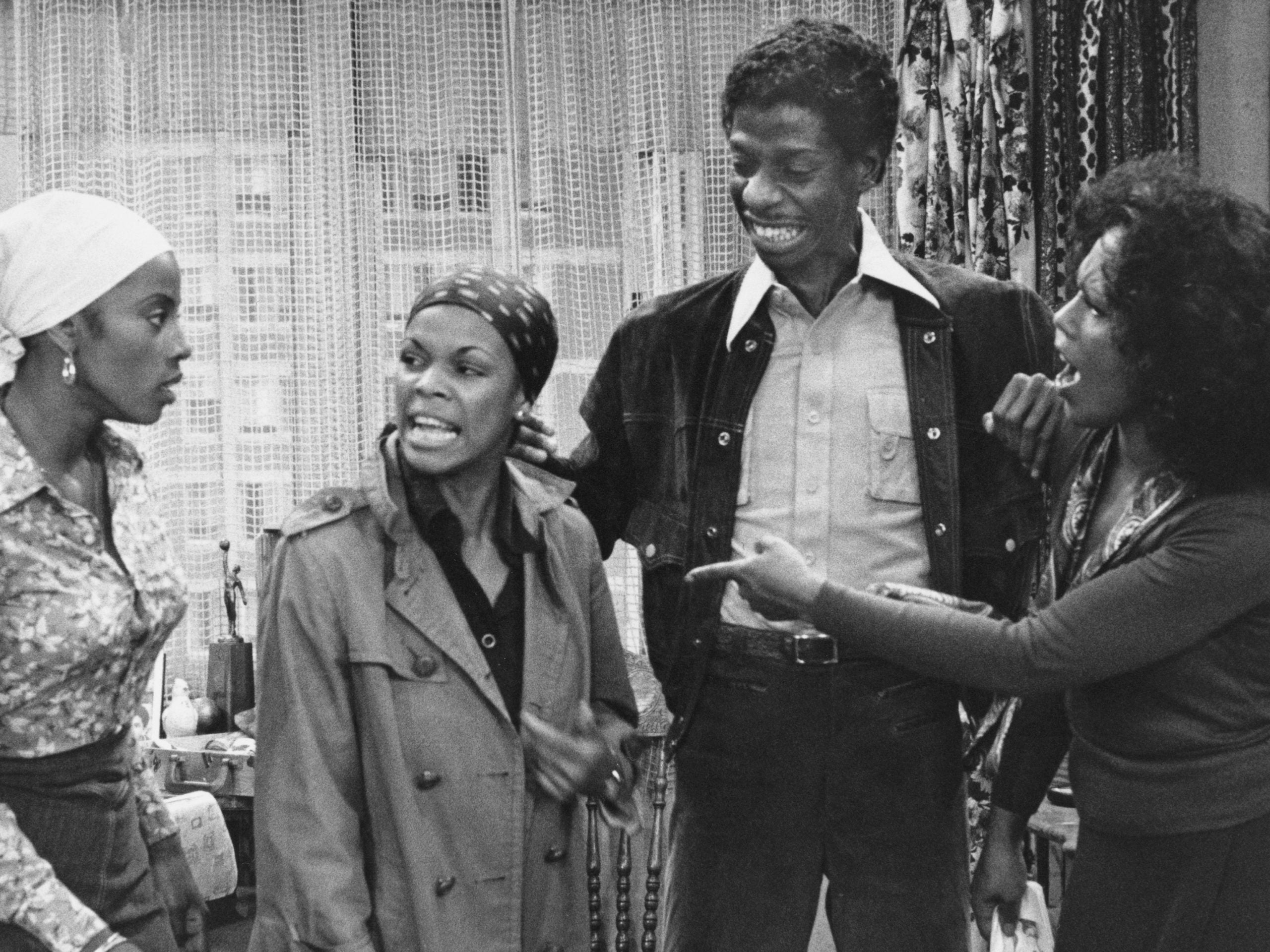
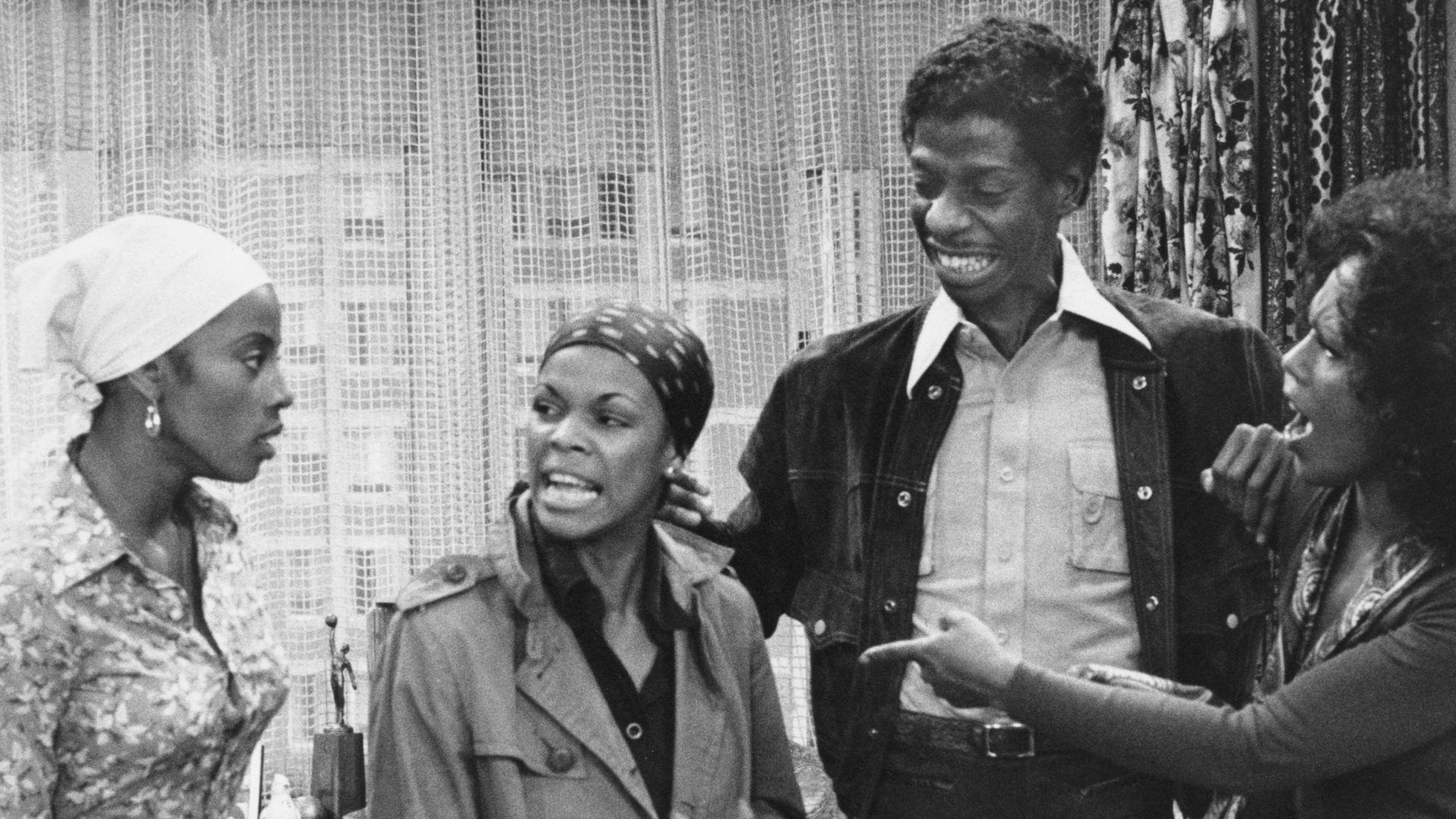 Getty Images
Getty Images This story was originally published in ESSENCE’s special 55th anniversary July/August 2025 issue, on stands now.
It began, as most sacred things do, in the quiet. Before the language was polished into “representation,” before the world grew comfortable naming what it could not comprehend, there was ESSENCE. Not just a magazine. No—it was a reckoning. A whisper and a war cry. A mother’s love. A grandmother’s nod. A daughter’s first glance into her own reflection. It didn’t knock on the door of the culture—it kicked the door open and made room.
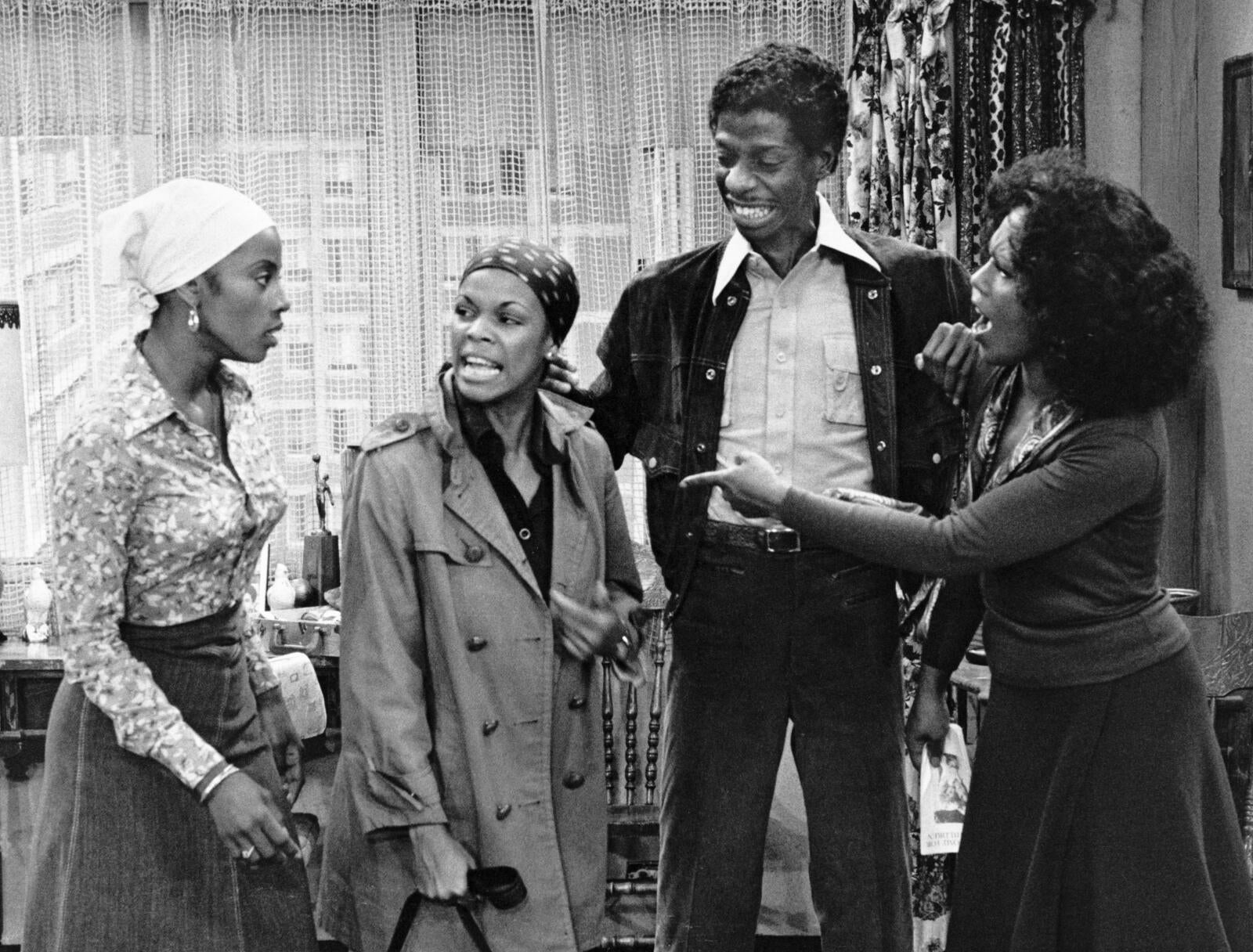 Good Times held ESSENCE close—not just as pages to read but as a steady breath, a knowing presence woven into the fabric of Black life.
Good Times held ESSENCE close—not just as pages to read but as a steady breath, a knowing presence woven into the fabric of Black life. For more than half a century, ESSENCE has not merely spoken—it has remembered. It remembered Black women before the world acknowledged their glow. Archived Black womanhood with unflinching devotion. ESSENCE has seen Black women. Centered them. Celebrated them. The pages have sung their names and traced the curve of their joy, the fire of their rage, the deep-bellied laughter of their triumphs.
Through its pages and platforms, Black women have found themselves reflected—not just in beauty spreads and cover stories, but in the everyday affirmations of their brilliance, resilience and truth. That power of reflection is not symbolic; it is deeply personal. As Brandale Mills Cox, Ph.D., a professor and media researcher, puts it, “When a Black woman reads ESSENCE, she’s seeing stories that speak directly to her lived experiences. That reflection, that mirror, is essential in reaffirming one’s identity and encouraging Black women to stand firm in who they are, especially in places where they might be the only one.”
And those pages haven’t sat still. They’ve wandered into the homes of millions and made their way into the DNA of pop culture.
In a cramped Chicago apartment on Good Times, the stylish Willona Woods places ESSENCE in Thelma Evans’s hands. No fanfare. No sermon. Just the May 1973 issue, with Billy Dee Williams on the cover, smooth and fine as ever. Born just three years earlier, in 1970, the magazine was already finding its way into the living rooms—and the lives—of Black women across the country. And in that exchange, a blink-and-you’ll-miss-it moment, this is what Blackness looks like. Beautiful. Cool. Worthy. For a young girl watching at home, it was a revelation.
Flash forward to Brooklyn. The Cosby Show, season six. Dr. Cliff Huxtable isn’t reading a medical journal or the day’s newspaper. He’s flipping through ESSENCE. The actor’s real-life wife, Camille Cosby, is on the December 1989 cover. The placement isn’t subtle; it’s a declaration. This doctor admires Black women. Not just as muses, but as monuments. And Black families watching saw something rare: reverence.
This is not nostalgia—it is architecture. A home built from names and newsprint, ink and intention. ESSENCE did not sit quietly on the coffee table. It breathed. It bore witness.
The millennium turned—and with it, the rhythm of Black womanhood evolved. Enter Mara Brock Akil, the creator of Girlfriends. A visionary who crafted stories that refused to flatten or simplify Black women. Her characters laughed, stumbled, soared—and at the heart of it all, there was always ESSENCE. A muse. A compass. As fate would have it, Akil, like ESSENCE, turns 55 this year—two legacies born of the same moment, maturing in tandem.
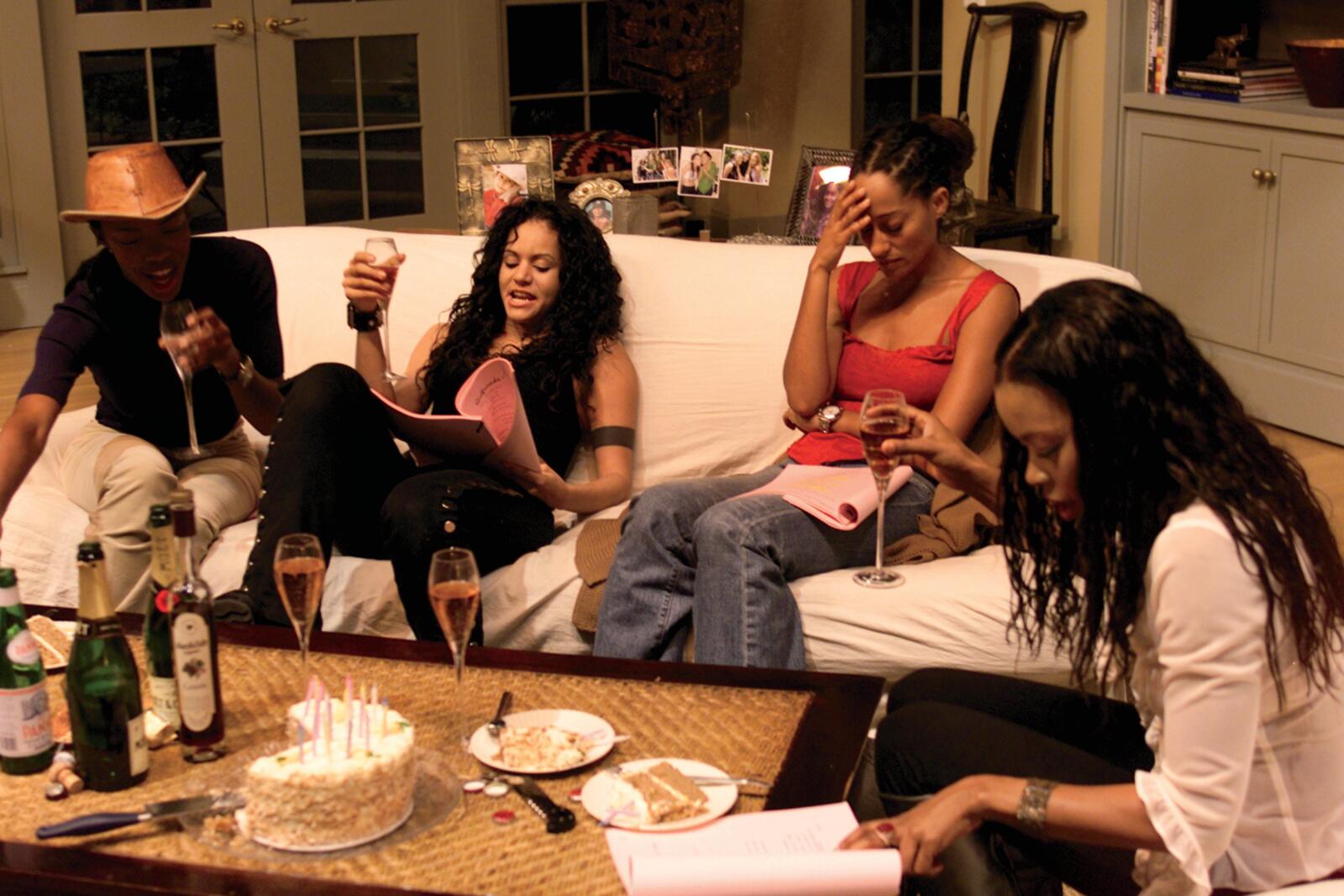 ESSENCE on Girlfriends was never product placement—it was culture. For Joan Clayton, it was as essential as her wine and wisdom.
ESSENCE on Girlfriends was never product placement—it was culture. For Joan Clayton, it was as essential as her wine and wisdom. “ESSENCE was, is really—whether I knew it at the time or did not—one of the first image-makers in my life,” Akil states. It was a fixture in her home. Her Aunt Veretta, Akil’s inspiration for Toni’s mother on the show, revered the magazine. She read it first, then passed it down to a young Mara. “You don’t realize how much that is shaping your life—unknowingly,” she says. “Just what a child is attracted to.”
In season three, episode seven, Joan Clayton— played by the luminous Tracee Ellis Ross—stands beside Ellis Carter, her lover. They wander into the city, toward a magazine stand. And there, among the polished faces, ESSENCE waits. Queen Latifah, on the October 2002 cover. Not in the background, not as product placement, but as the moment. And it wasn’t random. “Joan subscribes to ESSENCE,” Akil insists. That detail mattered. So did the subscription label. It had to be authentic—“for all of my characters, really.” That kind of visual affirmation was deliberate: ESSENCE had always been in dialogue with Akil—first as a girl, then as a creator.
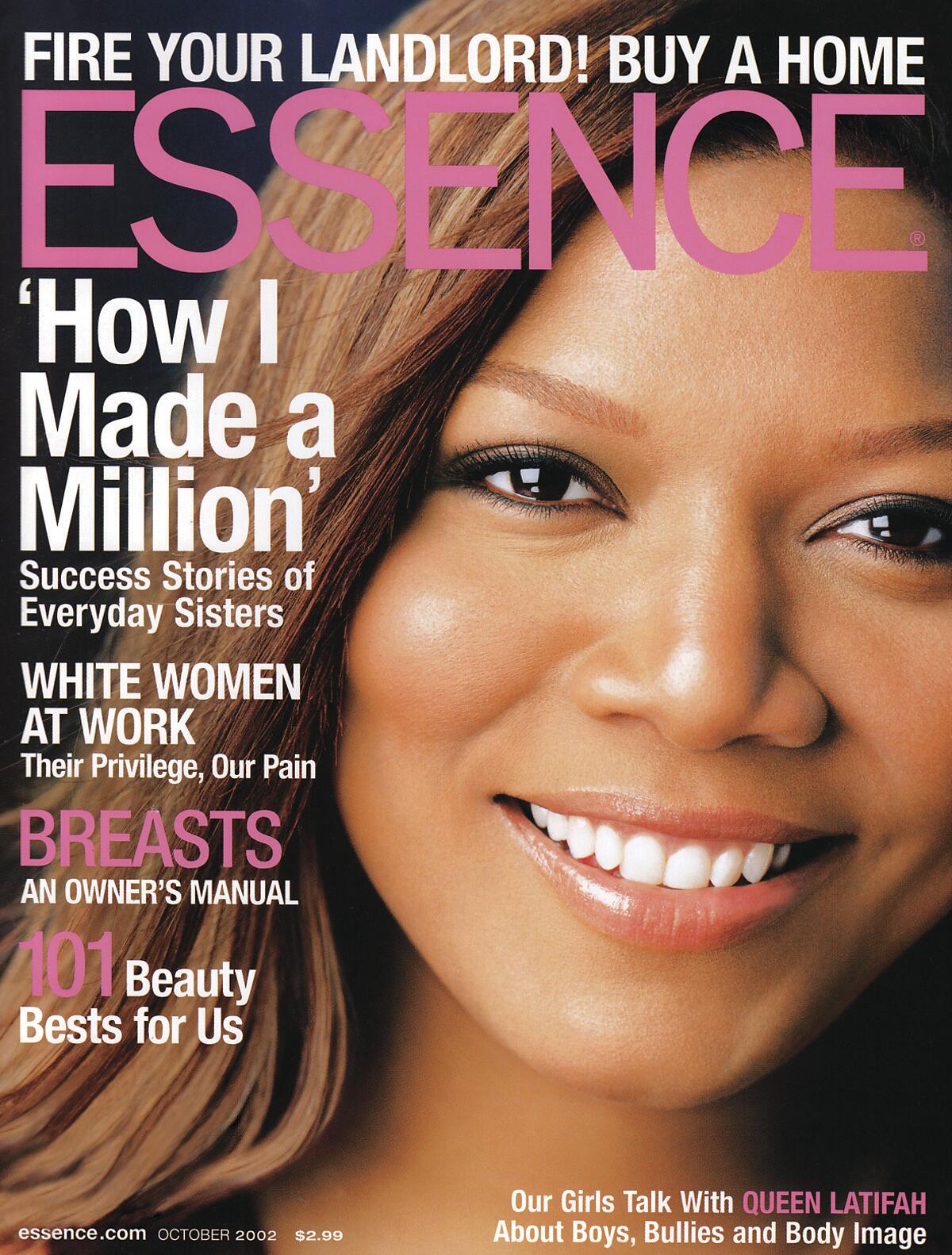 Queen Latifah’s 2002 ESSENCE cover makes a cameo on Girlfriends.
Queen Latifah’s 2002 ESSENCE cover makes a cameo on Girlfriends. Even if the cameras didn’t always catch those ESSENCE Easter eggs, they were there—tucked into the corners of Joan’s world. “ESSENCE was one of the first covers that talked about HIV and AIDS in the Black community,” Akil recalls, “and how it was specifically targeting Black people, and what was happening to Black women. That article was the inspiration for the four-episode arc we did on Girlfriends. So when it comes to ESSENCE, I’ve been in conversation with the magazine my whole life.”
Those pages haven’t sat still. They’ve wandered into the homes of millions and made their way into the DNA of pop culture.
Then came New Orleans. Not fiction this time, but real life, unfolding beneath the hot, holy sun of the Big Easy. The ESSENCE Festival of Culture: that sacred gathering ground of Black joy, Black genius, Black legacy. Film producer Will Packer dropped to one knee and asked Heather, his now wife, to walk with him forever. That stage became sacred ground. That story became seed.
Years later, the film Girls Trip would bloom from that soil. And there it was again: ESSENCE, not just featured but centered. The story, the setting, the soul. Proof that this magazine has never merely chronicled the culture—it has shaped it, honored it and lived inside the lives of the people who built it, brick by beautiful brick.
 A moment for the culture: ESSENCE’s July 2017 cover meets Girls Trip.
A moment for the culture: ESSENCE’s July 2017 cover meets Girls Trip. “ESSENCE gives you an incredible jumping-off point,” Packer says. “Audiences these days are looking for something real. They’re looking for something authentic. I met my incredible wife there. So I have had a relationship with not just ESSENCE magazine but also the ESSENCE Festival. It was natural for me as a storyteller to incorporate that, and what I know about it, and the organic nature of that festival, into my content.”
Across the South, in the ATL—glamorous and unapologetically loud with love—another celebration ensued. This time, the moment belonged to Kandi Burruss. It was season 10 of the popular reality TV series The Real Housewives of Atlanta. Glasses clinked; and at the center of it all was her very first ESSENCE cover, in October 2017. A dream realized. It was not just a party but a proclamation. ESSENCE had arrived for her; and with it, the world bore witness to a new chapter in her story, sealed in glossy print.
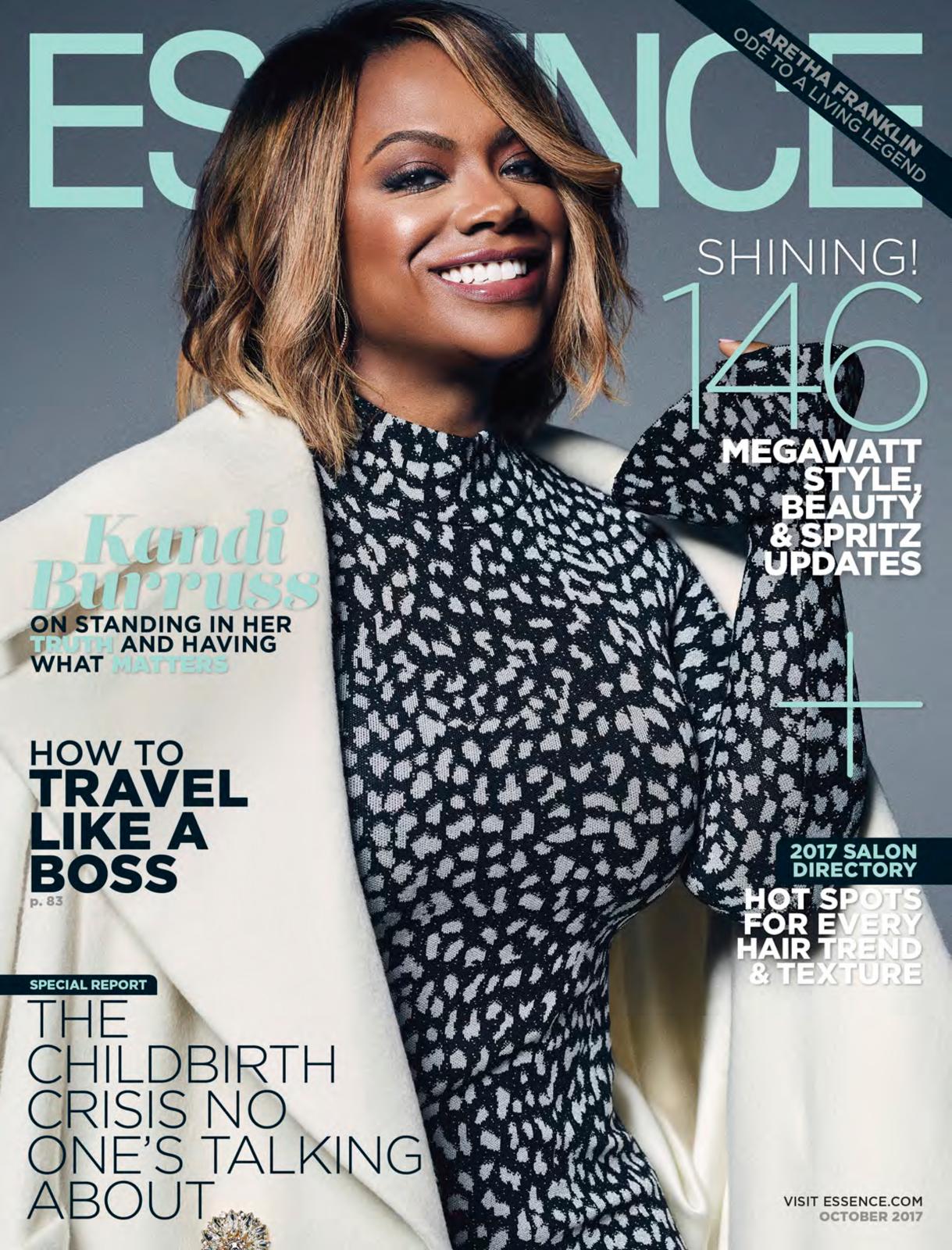 Kandi’s cover moment gets the spotlight on The Real Housewives of Atlanta.
Kandi’s cover moment gets the spotlight on The Real Housewives of Atlanta. In a different city, a different time, but vibrating at the same sacred frequency, a new story began to hum. In the season premiere of Survival of the Thickest, Mavis Beaumont, played by Michelle Buteau, steps onto a set wrapped in lights and legacy. She’s there for an ESSENCE magazine shoot. The title alone carries the weight of generations. No pages need turning. No covers need showing. The very mention of ESSENCE is enough to anchor the moment in meaning. For Mavis, it is less about being seen and more about being held—by a publication that has always made space for Black womanhood, in all its varied and creatively inspired forms.
And in Bel-Air—a reboot with renewed purpose—Uncle Phil and Aunt Viv are prepping for an ESSENCE feature. August 2024. The shoot, fictional as it may be, signals something deep and true: This publication has always carved space for Black love. Power couples. Partners. Builders of legacy. The story being told on-screen mirrors the one ESSENCE has chronicled for generations.
Just a month later, Will Packer returned to our screens—this time with a limited series that pulsed with the beauty, danger and dignity of Black life. Fight Night: The Million Dollar Heist, set in the heat and hustle of 1970s Atlanta, plays like a cinematic love letter to the Blaxploitation era. It’s a salute to the sharp suits, sharper tongues and unapologetic audacity of a people rewriting their own narrative. And because art mirrors memory, ESSENCE makes another cameo. In the first episode, a copy of the magazine rests in the hands of the underboss to gangster Missouri Slim, played by David Banner, as he sits beneath the soft hum of a barber shop dryer. Even in a world thick with swagger and schemes, ESSENCE appears—not out of place, but right at home. A soft but certain signal of culture, of presence, of pride. An emblem of Blackness. A quiet witness to the legend in motion.
“I wanted it to feel like something that is an actual peek into the real lives of my characters,” Packer explains. “So that’s why the David Banner character had the ESSENCE magazine in that barber shop—because it was showing a slice of life, and what Black people were actually doing. So whether you’re, you know, 70 years old or 17 years old, ESSENCE has been around, has been there and has probably been a part of your life.”
And now, in Beyond the Gates—the new Black soap opera on CBS—the legacy lives on. Season one, episode 31. Samantha Richardson, a hopeful model with stars in her eyes, sits across from her older cousin Chelsea Hamilton, a former force on the runways. The conversation is soft but serious, layered with the kind of wisdom that comes only from lived experience. And then, there it is—a name-drop, ESSENCE. Spoken with weight. With knowing. As Chelsea maps the path to success, she doesn’t just reference the magazine—her words lift it up. A nod to its power. Its permanence. A signal that you’ve arrived.
A legacy, you see, does not always shout. Sometimes it shows up in the margins. Sometimes it lingers beneath the surface. Maybe it rests in the background of a plot, in a sitcom or a prestige drama. It is embedded in the pages of a magazine passed hand to hand, mother to daughter, generation to generation.
ESSENCE was never just a magazine. It’s been the scaffold, the sacred text. It didn’t ask permission to matter; it just did. And still does. From the quiet, it became everything—and it remains as proof that we are here, and we are beautiful.
The post Beyond The Pages appeared first on Essence.









